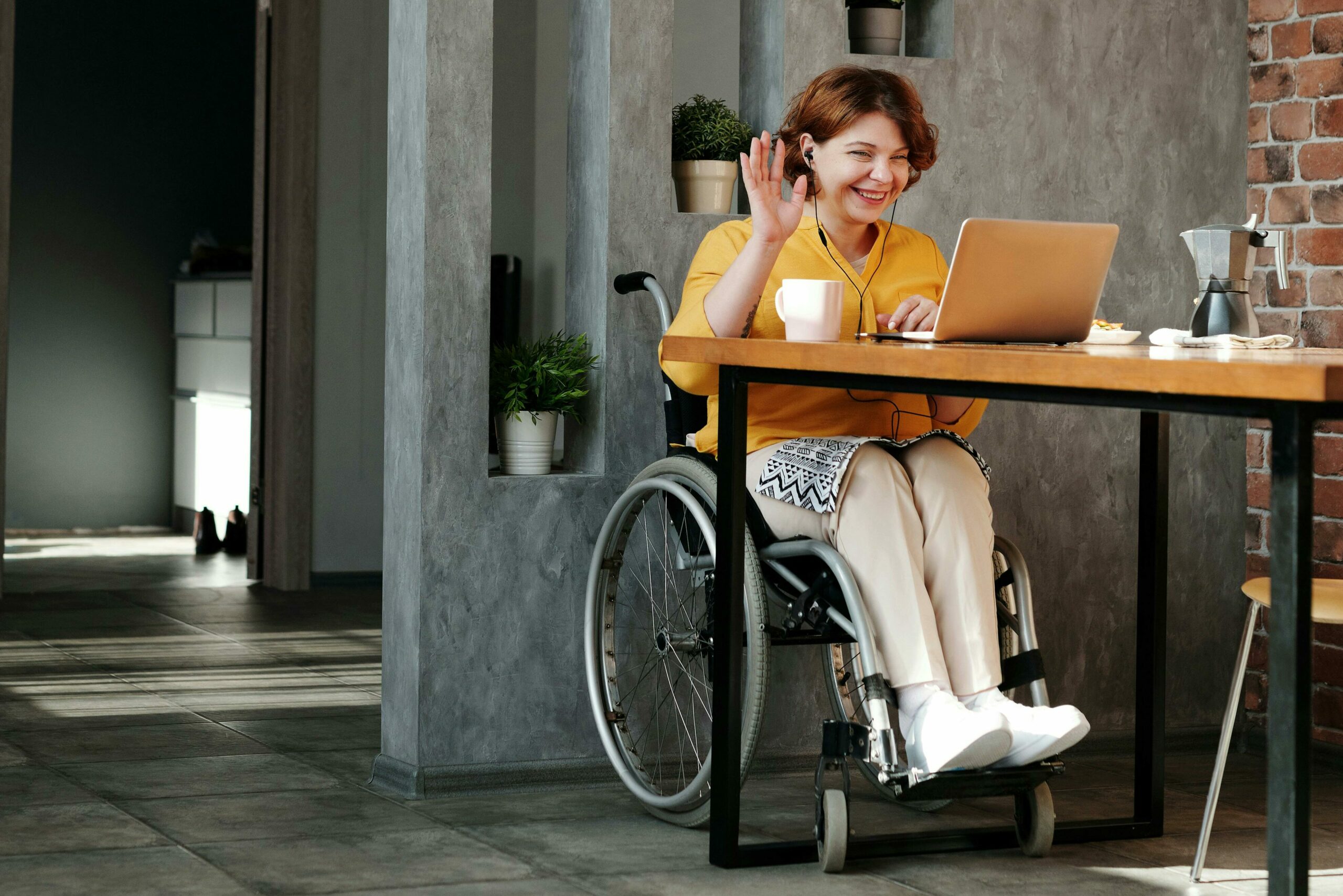Apr 11, 2022

Breakout groups – where small groups talk within the larger group – can help all learners participate more fully, engage with each other, and connect to the content in a deeper way. In a virtual setting, breakout rooms help learners get that in-person feel and can be used effectively to enable personal connections.
When to use breakout groups?
- At the beginning of a learning session to give people time to check in with others about their thoughts and expertise. It will nurture belonging and community, and help them connect to the topic at hand.
- The main portion of the learning event can use pair and small group work to build relationships so there is more opportunity for mutual learning and journeying.
- After or at a break in a speaker presentation to continue talking about various pressing issues connected to the learning, work, or meeting.
- For a lunchtime or social event to connect with various people in a small setting.
How can breakout rooms be more effective?
- Build in some solo time before going into breakout rooms. These few minutes will help everyone have something to say when they enter and minimize anxiety about speaking for some. For example: “On your own, draw what you envision ________ will look like in 5 years.” Then: “join your breakout room and share your ideas on what it would take to get to this envisioned state.”
- Ask an open question. Before going into rooms, it is critical that everyone knows what they are meant to discuss and/or do. These instructions must be clearly shared before people start to leave.
- Post the question in the Chat before everyone goes into a breakout room. This way the instructions will stay with them when they are in groups.
- Consider the impact of having a facilitator in each breakout. A breakout facilitator can keep everyone informed of the task, watch the time, and ensure equal participation. However, it can also be freeing for learners to be “alone” to speak frankly about what is important to them. There is a time and place for each.
- Minimize the size of your groups. Using a pair share in your warmup allows everyone to speak right away; setting up groups of 3 or 4 allows for rich dialogue with diverse voices; inviting groups of 5 or 6 can offer a safe place for some who may have little to offer to a discussion at a particular time in the agenda.
- Think ahead about what the “take away” is for each group: what will they create or generate together? How will that be shared (or not) after their small group?
Tips to consider:
- Invite everyone to ‘self-select’ the room they want to join. Although you do need to set up the rooms, you don’t have to determine who goes in which group. Learners are given the choice. As well they are free to move to different rooms as they wish (vote with their feet) or at a predetermined time.
- Randomly assign breakout rooms. This is useful for check-ins and casual conversations.
- Let learners know how much time they will have and notify them at the halfway mark or have a few minutes left so conversations can finish.
- Encourage participants to turn their webcams on. There are reasons that some individuals may need or prefer to keep their webcam off in the full Zoom gathering. However, breakout rooms of 2, 3, or 5 individuals will benefit from seeing each other. They are more likely to feel more connected and dialogue will flow more easily.
How do you creatively use breakout rooms?
Jeanette Romkema is GLP Senior Partner, Knowledge Broker, as well as Partnerships & Network Leader. Here are more GLP blogs by Jeanette.
Rachel Nicolosi is a GLP Partner and Communications Leader. Here are other GLP blog posts by Rachel.
Here are other GLP blogs you may be interested in:



